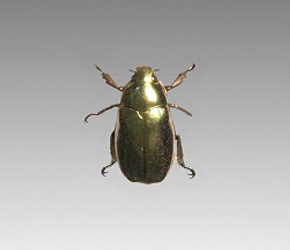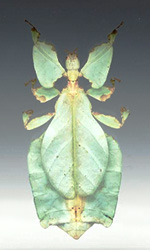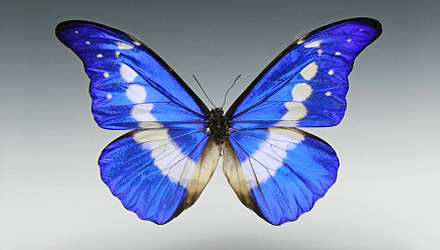Bug and Butterfly Specimens
 |
|
looks as if it is made of gold |
Real, tropical butterflies, beetles and other insects actually represent a collecting category in both the art and scientific worlds. The specimens carried by PRIMITIVE are completely natural in color and not treated in any way. They have been framed in fine hardwood frames with glass fronts and backs. On the reverse, each presentation has the enclosed insect's scientific name and country of origin.
 |
|
There are many steps entailed in creating each presentation including softening and formally positioning the legs, wings and antennae of each insect. Although the process by which the specimens are acquired is complex and costly, none of the species are rare or endangered. Some originate from large insect farming projects. One is a government sponsored project in Papua New Guinea, where they have developed a system of planting an abundance of specific insect food plants in large areas of old growth rainforests. This greatly increases the populations of certain insects which are then gathered, thereby providing an economically viable alternative to the cutting down of those forests for their hardwoods, destroying them forever. Other insects are gathered by indigenous peoples. This gathering has been done for generations and is done in a manner mindful of the insect populations so that it will not affect the future livelihood of these peoples.
Because most insects are small and the majority cannot be identified without the examination of minute morphological characteristics, entomologists often make and maintain insect collections. There are many significant collections conserved in natural history museums and universities where they are maintained and studied by specialists. In fact, many college courses require students to form small collections; and there are also amateur entomologists and collectors who keep collections. Historically, insect collecting was widespread in the Victorian age (the latter half of the 19th Century) where it dovetailed beautifully with the idea of presenting “curiosity cabinets” filled with a variety of natural wonders found throughout the world. The same appreciation of natural art that drove the creation of curiosity cabinets long ago informs today’s collecting of these natural wonders – and it is nothing short of the recognition that some of the greatest works of art in the world do not come from the human hand.

|
|
Download this Article: Bug and Butterfly Specimens.pdf